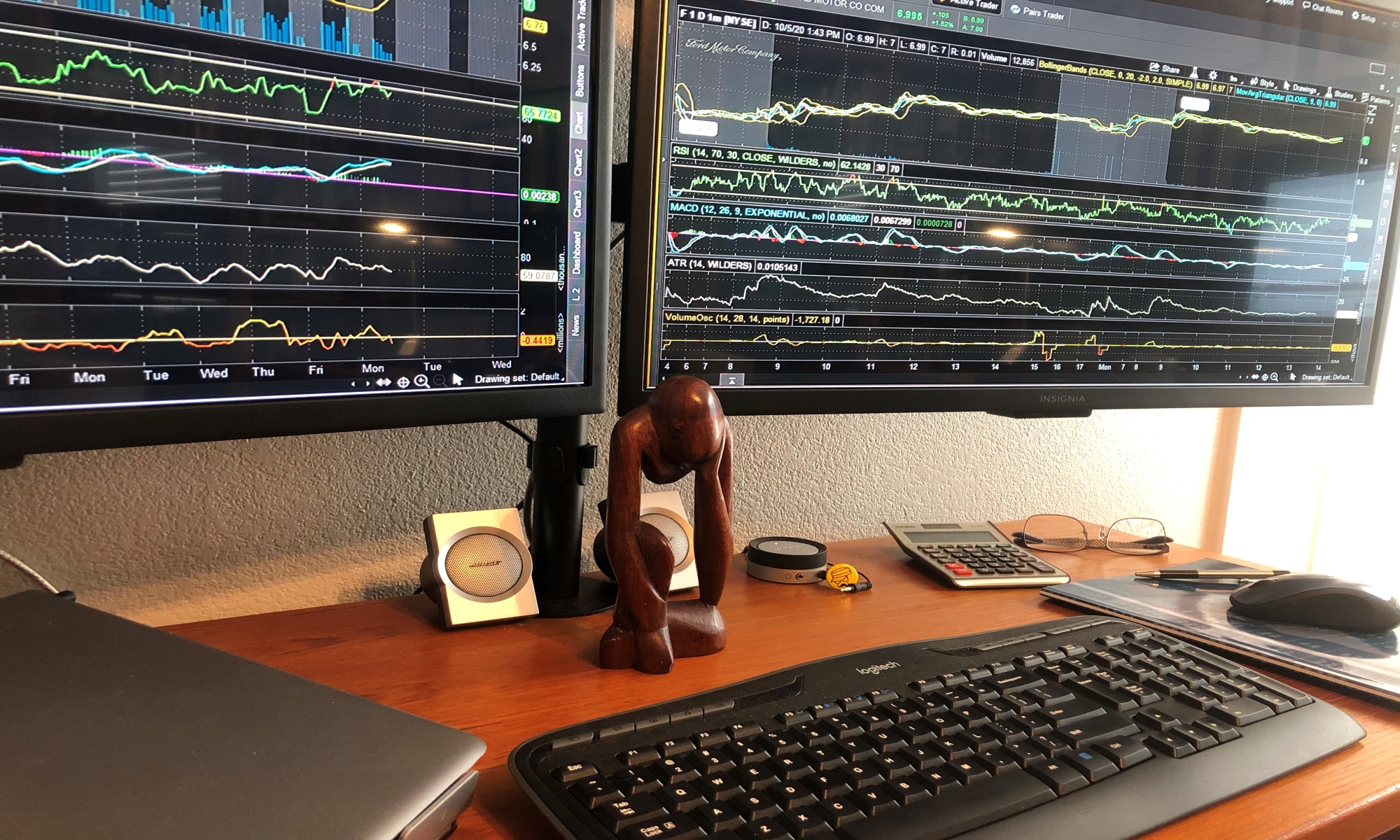“Scrum is not a prescriptive process; it doesn’t describe what to do in every circumstance”, per Ken Schwaber; a co-founder of Scrum.

Features, a.k.a. User Stories, are articulated in the Product Backlog
A Feature is the ‘What’ that a Stakeholder (the User or Customer) requires from the Product Owner. The Product Owner encapsulated these desires as Feature in the form of a User Stories in a ‘Wish List’, named the Product Backlog. These User Stories are intentionally left vague and communicate a very high level definition of the Stakeholder’s requirement by the Product Owner.
During a Sprint Planning session decomposition of a Theme, large ‘User Story’, by the Scrum Team targets identifying the high-value deliverable and associates the ‘Tasks which detail ‘How’ the ‘What’, being requested, will be delivered in a Sprint for release; Tasks embody of ‘How’ a User Story will be developed, accepted, and delivered. The Scrum Team assigns identified Tasks to a Sprint and tracks these in the Sprint Backlog as well.
‘Themes’, ‘Epics’, ‘Stories’ and ‘Acceptance Criteria’s are all items listed in the Product Owner’s ‘Product Backlog’. A ‘Theme’ size ‘User Story’ decomposes into Epics and in turn, into a ‘Story’.

Decomposition of large Theme ‘User Stories’
If Tasks are only relative pieces of a requirement necessary to develop, accept, and deliver a ‘Story’, then a Task is relative to a ‘Story’, as a ‘Story’ is relative to an ‘Epic’, and so forth. The transition from ‘Story’ to Tasks is visually illustrated for example, as follows.
.

Decomposition of a ’Story’
Preparing a Breakfast Theme
In the Theme ‘Prepare Breakfast’ User Story the Cook, needs to prepare a breakfast’, so that ‘guest can consume a morning meal’. Thus the ‘User Story’ describes a high-level Functional requirement by the Stakeholder, qualifying a ‘Theme’ by proportion, and this Theme can be decomposed into smaller more manageable Epics and Stories.
Decomposing the ‘Prepare Breakfast’ Theme breaks down as follows:

Prepare Breakfast Theme
Another visual view of this decomposition is as below:
 Decomposition of the Theme
Decomposition of the Theme
Elaborating on granularity of each ‘What’ reveals the ‘How’; the most discriminating factor between Epics, Themes, Stories, and Tasks, is relative to their diminishing granularity.
Hope this helps put a little more perspective and gives insight.
References and Readings: “Stories versus Themes versus Epics”; “How to Write Great Agile Development User Stories: Defining Customer Value”; The ScrumStudy SBOK; Themes, Epics, Stories, and Tasks in Scrum; and The Difference Between a Story and a Task.
Writing Effective User Stories, by Angela and Tom Hathaway; “What Are Requirements”; ‘The Enterprise and Scrum and Agile Project Management with Scrum’, by Ken Schwaber
Some Definitions
Epic An Epic is a collection of large features, aka User Stories, typically too large to fit in a single sprint. Epics need to be broken down into smaller features, User Stories, for estimation and development as part of a sprint. – See more at: http://www.scrumstudy.com/search.asp#sthash.E6SLwR9N.dpuf
Prioritization The process of ordering a list according to urgency and business value.
Prioritized Delivery Scrum believes in delivering the greatest amount of value in the least amount of time. This requires prioritized delivery in which “what will be done” has to be chosen from “what has to be done” according to business value.
Product Backlog Lists the requirements of a SCRUM. In the Scrum framework, this evolves with the business need and the environment.
Product Backlog Grooming The filtering of tasks on the product backlog based on their importance as per criteria set by the product owner.
Product Backlog Item (PBI) An item such as a feature or benefit that is valuable to the process of product development.
Product Description Documents the characteristics of the product, or deliverable which the project is undertaken to create. – See more at: http://www.scrumstudy.com/search.asp#sthash.E6SLwR9N.dpuf
Progressive Refinement – Breaking-down in an organized manner, large lightly detailed product backlog items into a set of smaller, more detailed items. – See more at: http://www.scrumstudy.com/search.asp#sthash.E6SLwR9N.dpuf
Release Planning A term borrowed from Lean Manufacturing. The function of release planning is to synchronize projected range of potential delivery dates in the future with tasks to be done today. – See more at: http://www.scrumstudy.com/search.asp#sthash.E6SLwR9N.dpuf
Tasks Scrum tasks are the discreet pieces of work required to complete a story. (http://wiki.servicenow.com/index.php?title=Themes,_Epics,_Stories,_and_Tasks_in_Scrum) All of the things the Developers need to do in order to deliver a Product.
Task Board A chart/board that depicts all the work the team is doing during a sprint. There are 4 columns: “Feature/User Story”, “To Do”/”Tasks”, “In Progress”, and “Done”
Task Estimation The team breaks down the selected Product Backlog items into tasks and then the tasks are estimated by the Team Members according to their complexity, risk involved, potential time required, and so on, and using team exercises. – See more at: http://www.scrumstudy.com/search.asp#sthash.E6SLwR9N.dpuf
Theme A Theme is a very large feature, expressed as a User Story, one that is so large it fits into multiple Sprints or releases. https://www.scrumalliance.org/community/articles/2014/march/stories-versus-themes-versus-epics
User Stories A User Story is a statement (or a group of statements) that expresses the desired end user functionality. User Stories are generally simple, short, and easy to implement. Longer User Stories are further broken down into multiple User Stories. – See more at: http://www.scrumstudy.com/search.asp#sthash.E6SLwR9N.dpuf



You made some nice points there. I did a search on the subject matter and found most individuals will agree with your site.
Like!! I blog frequently and I really thank you for your content. The article has truly peaked my interest.